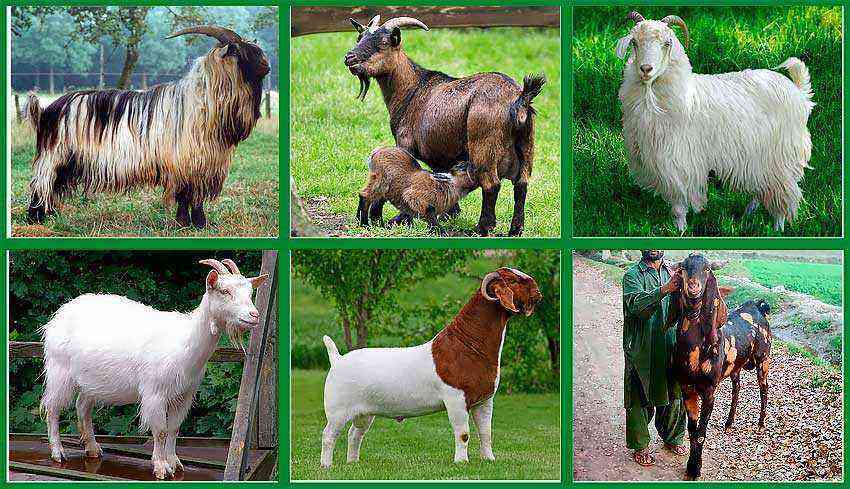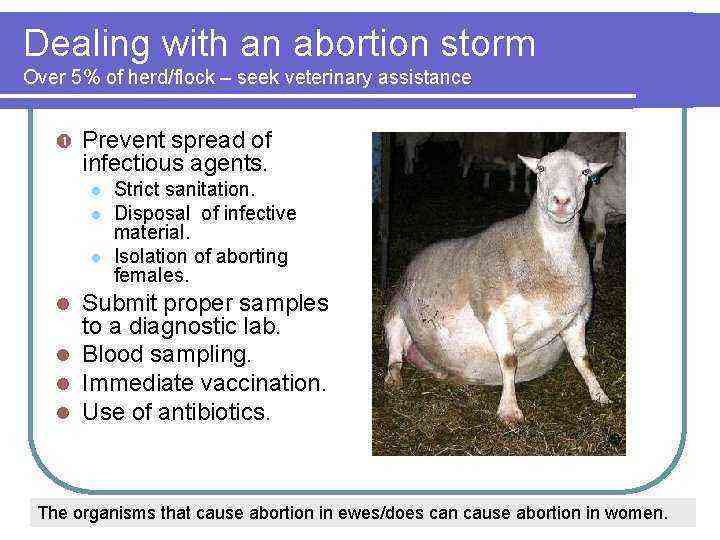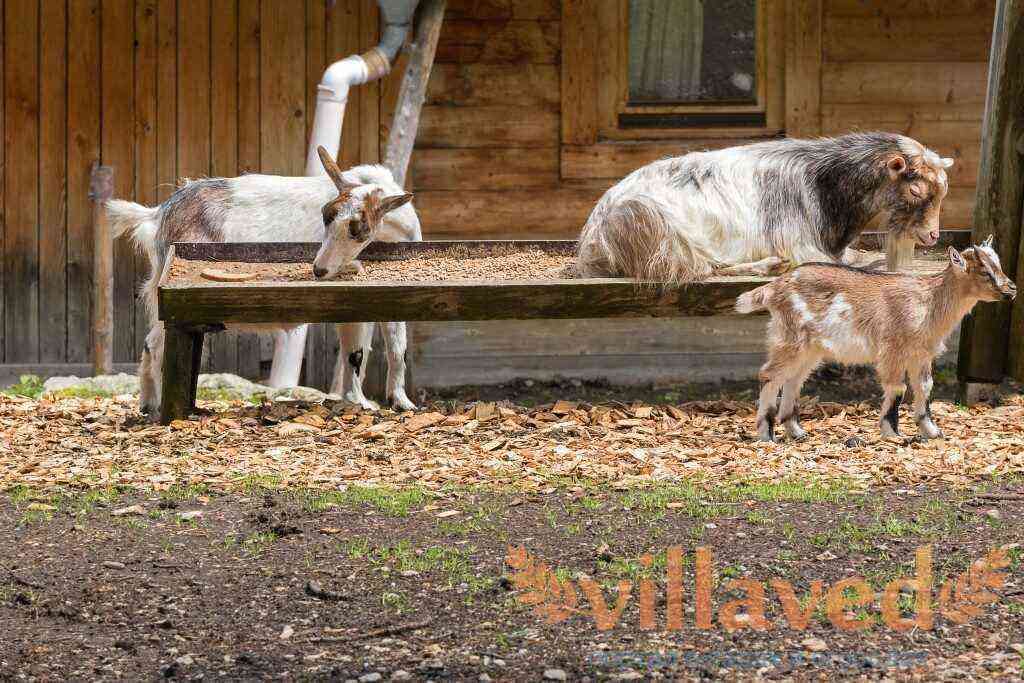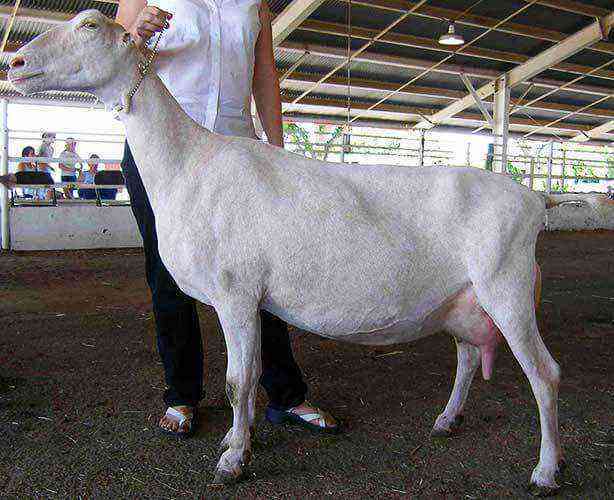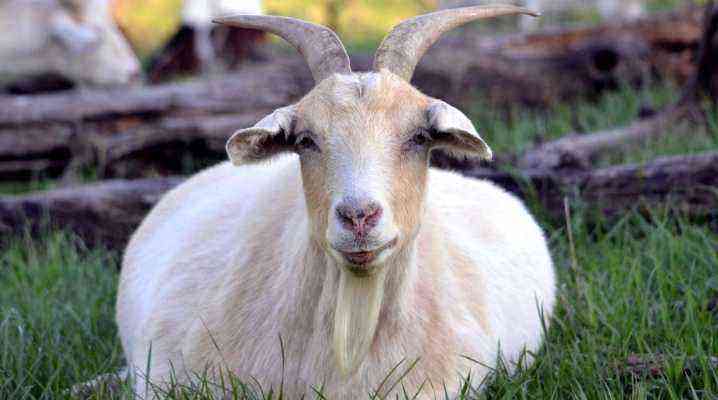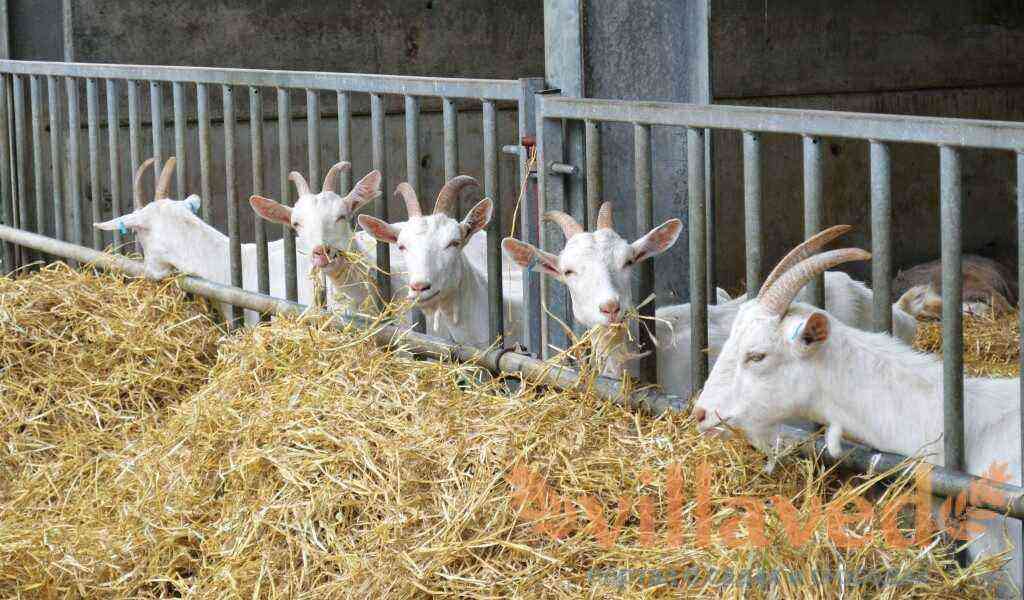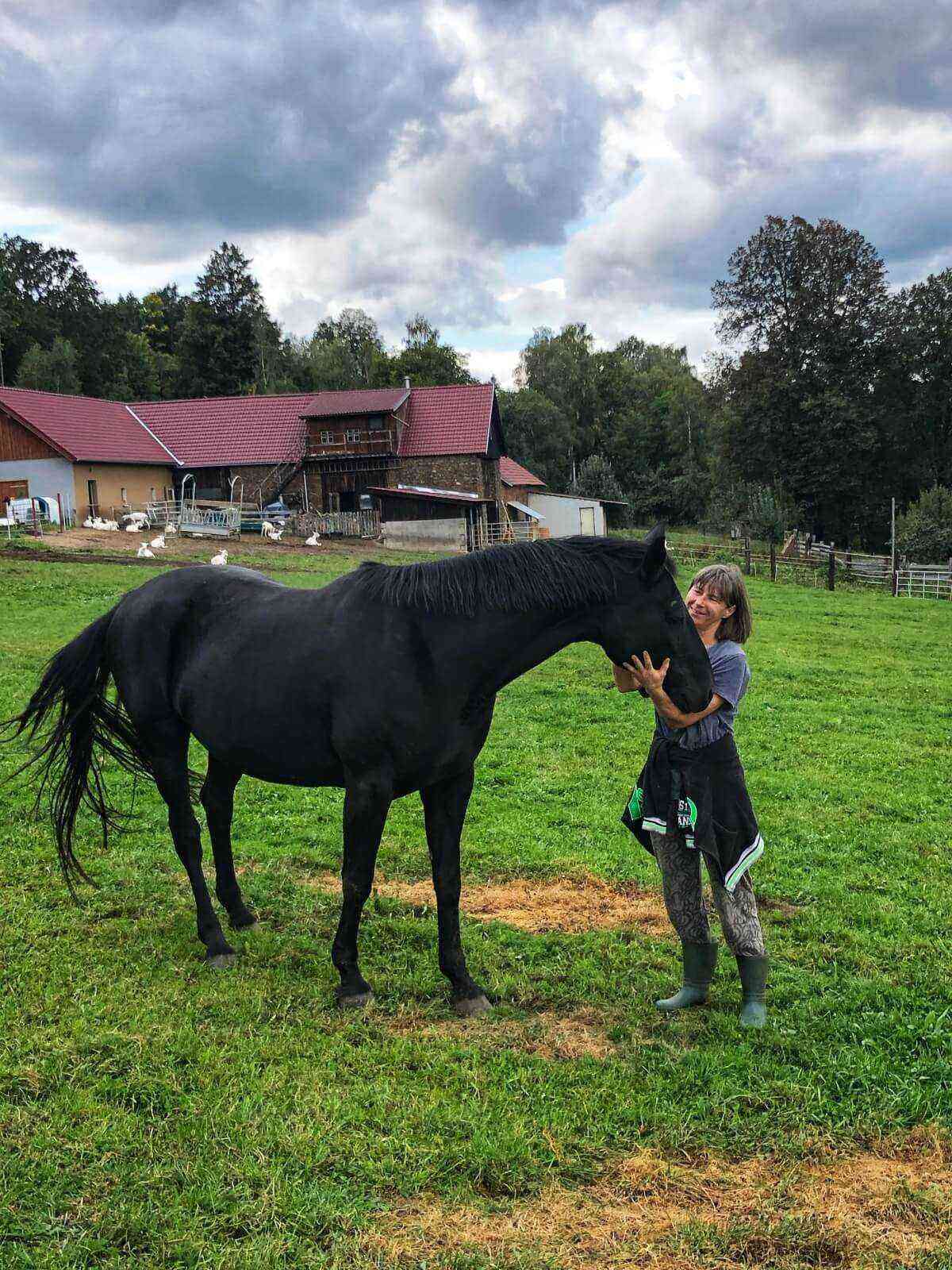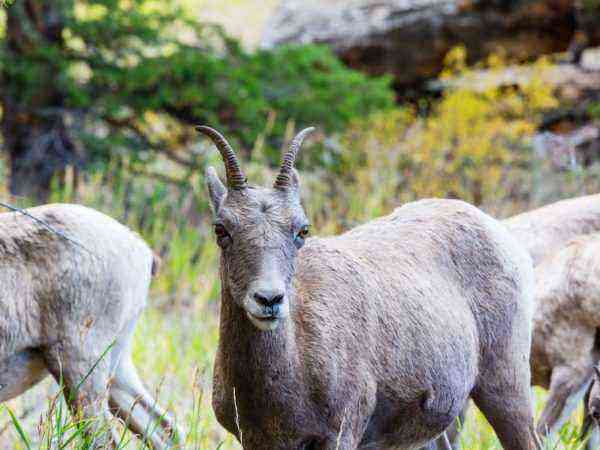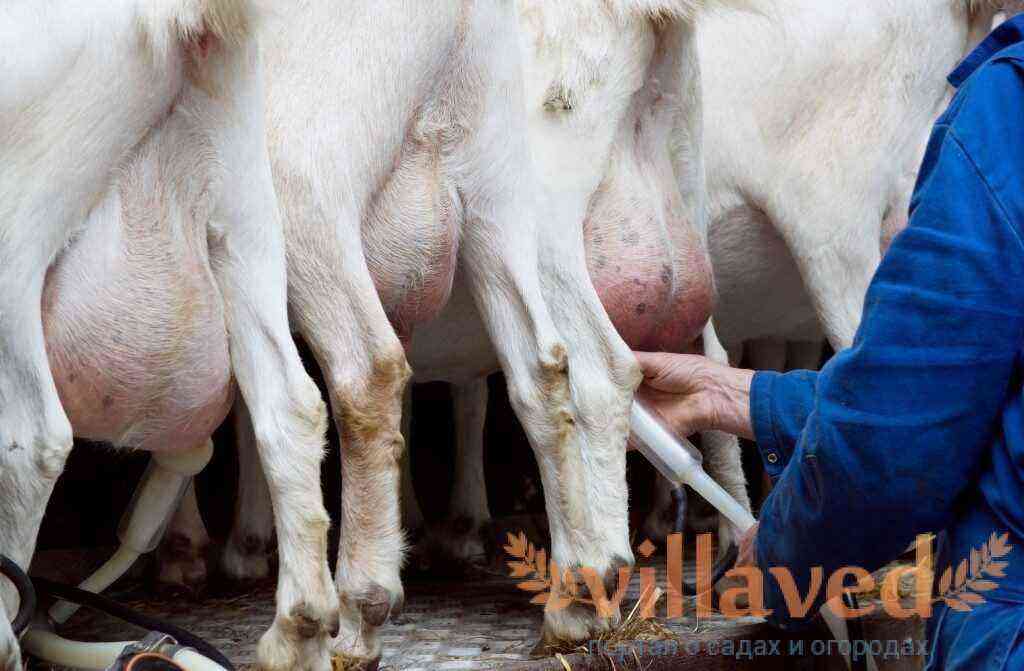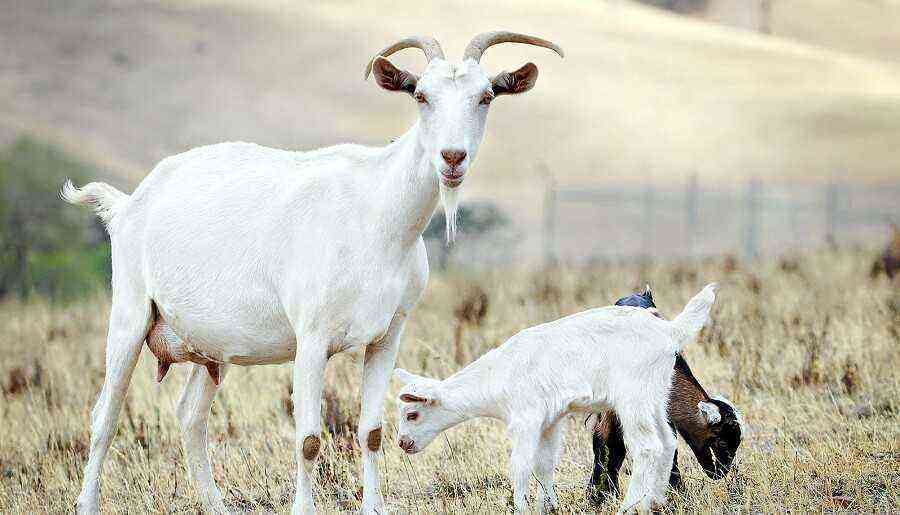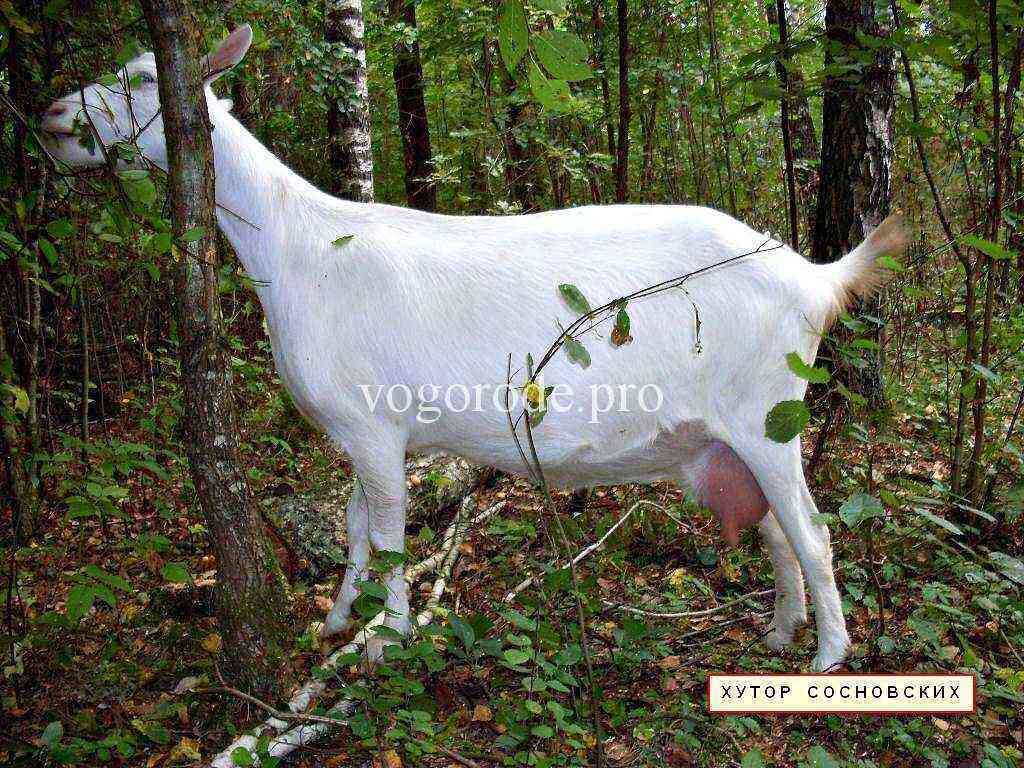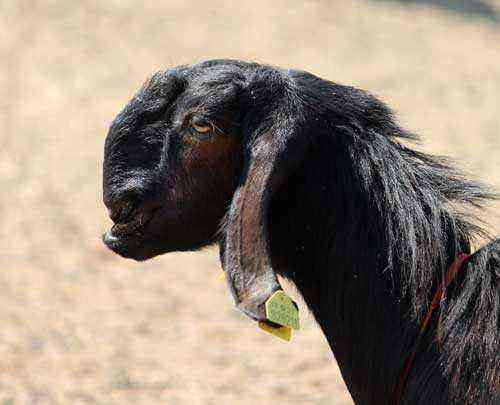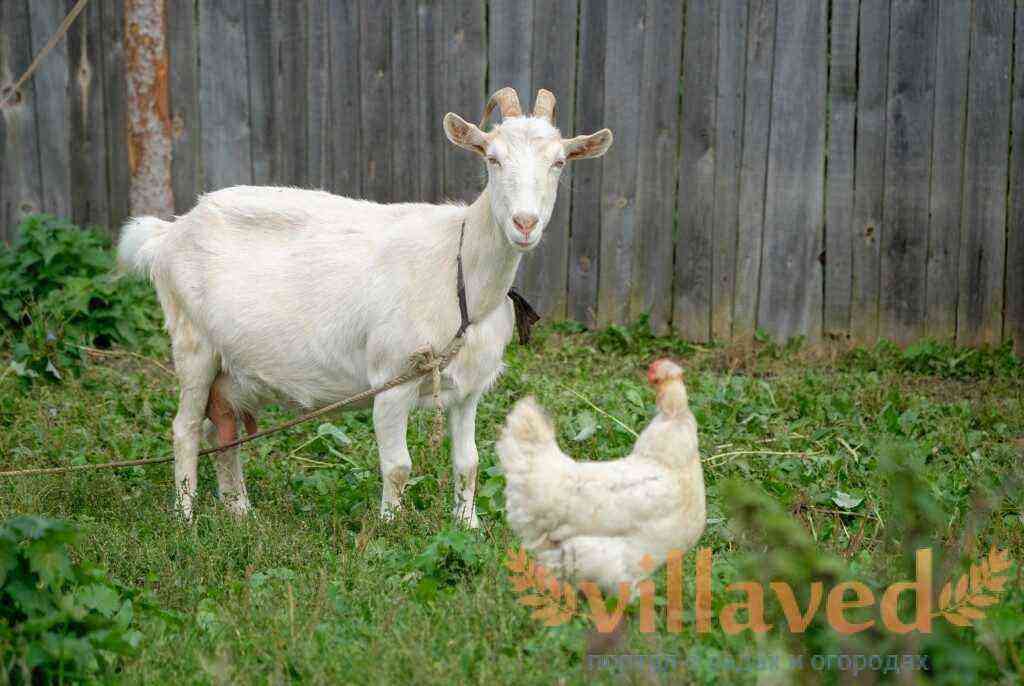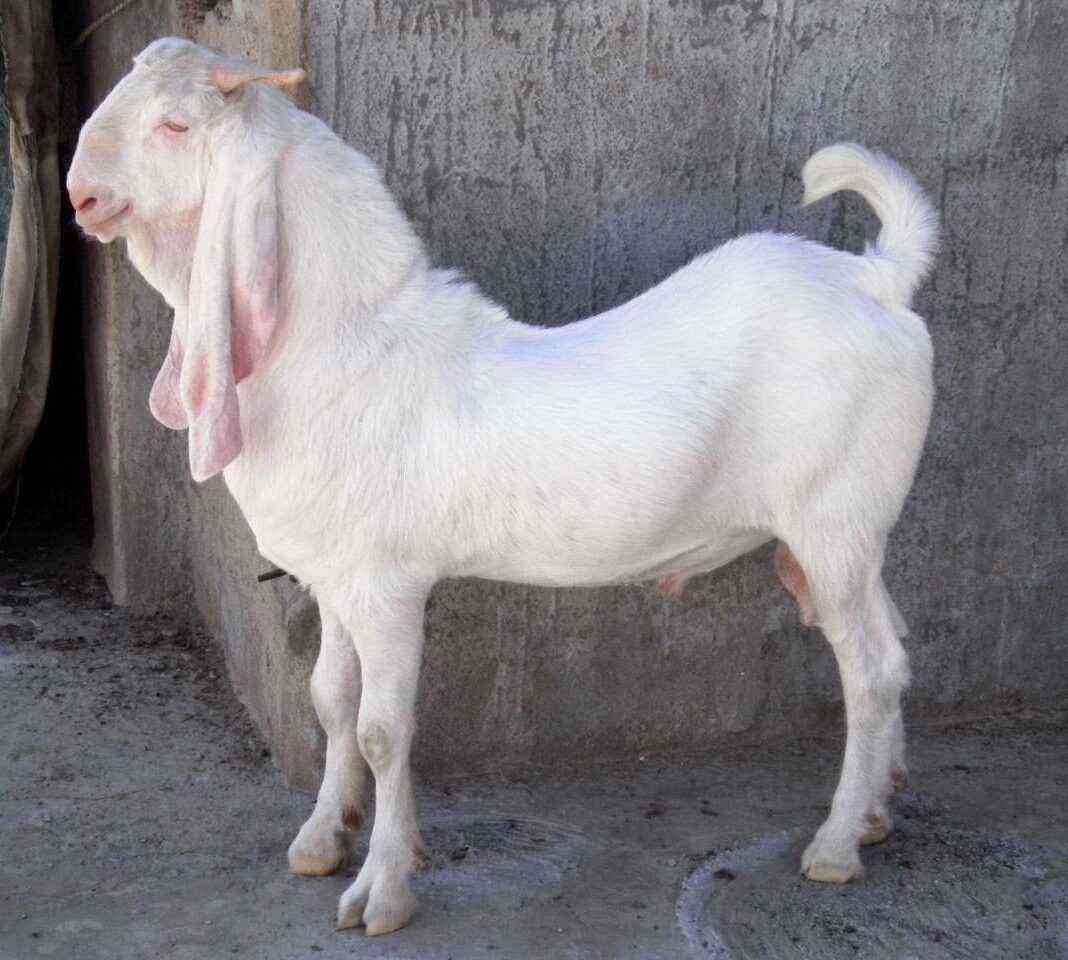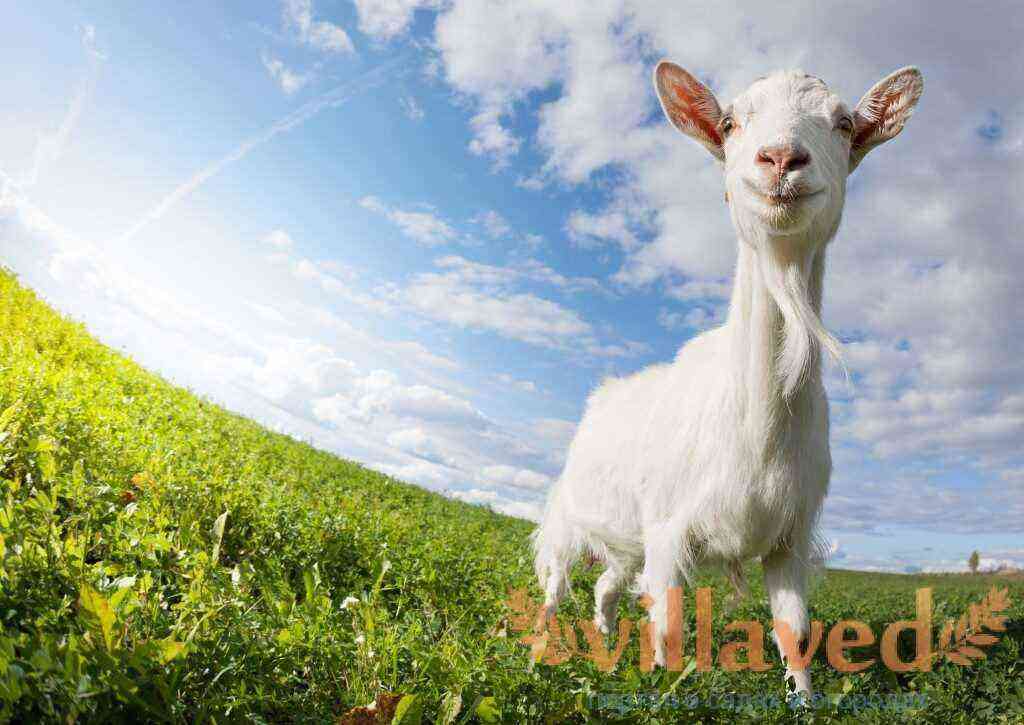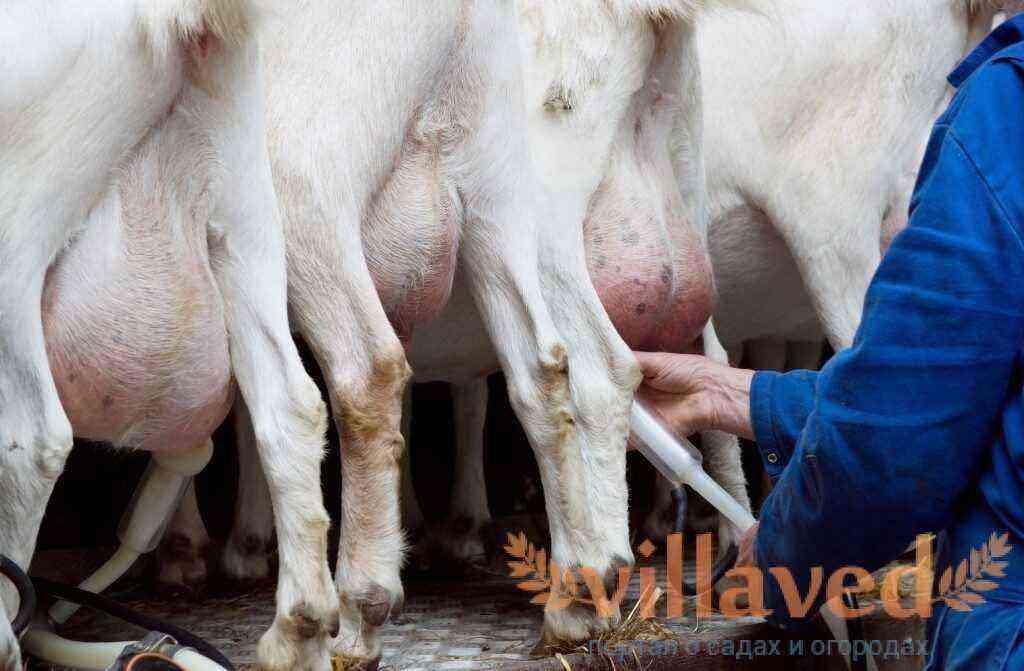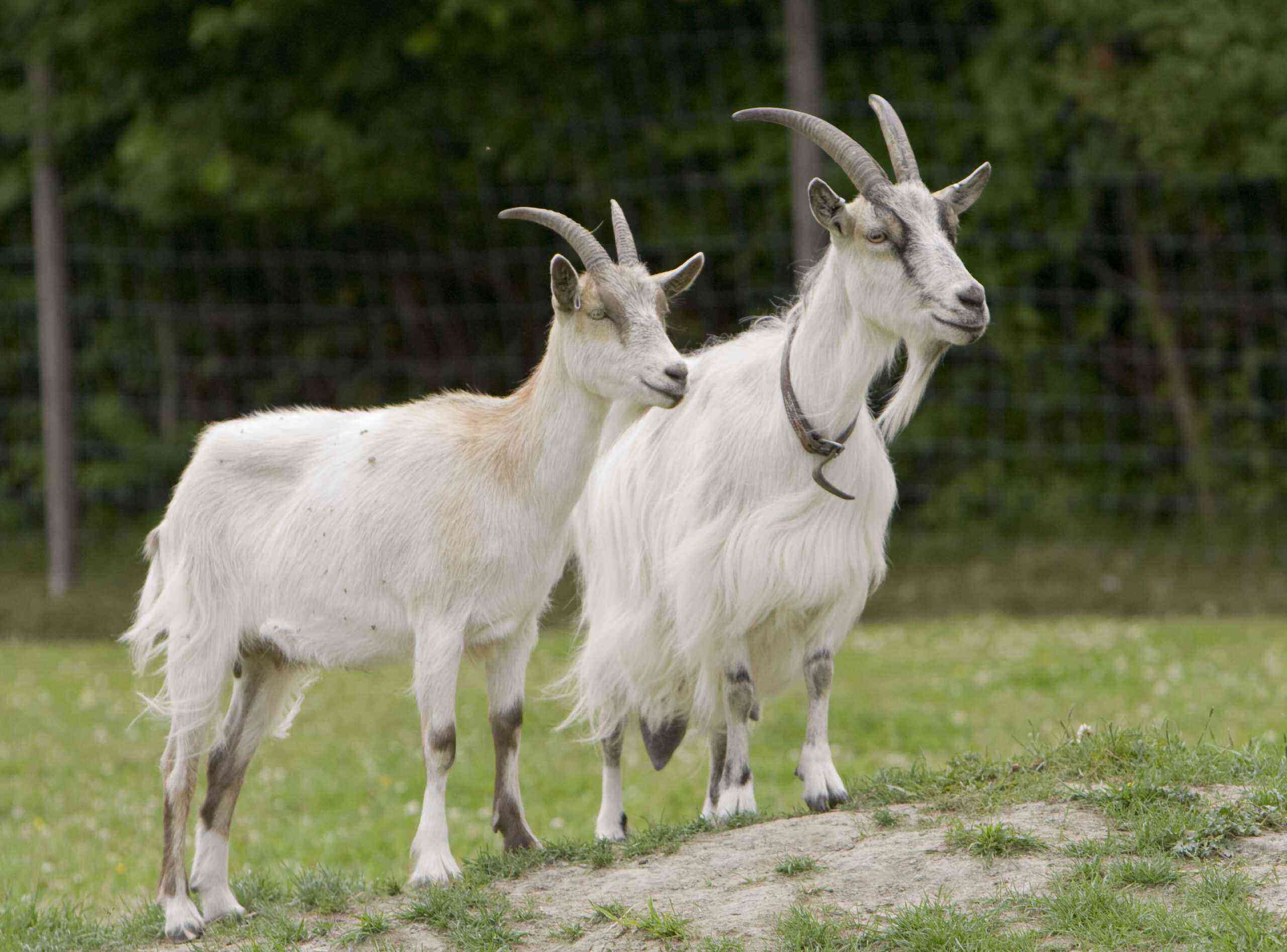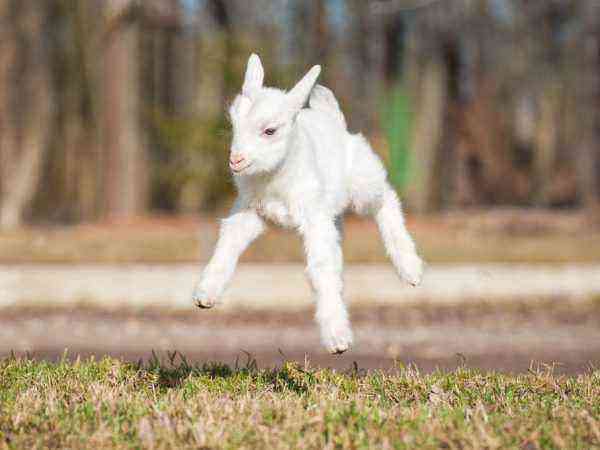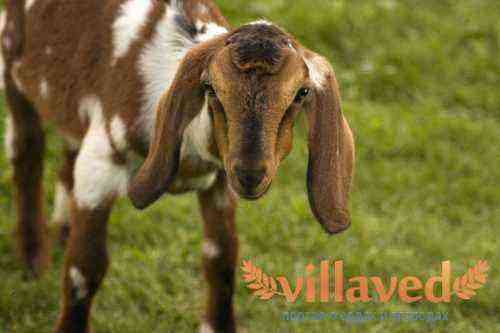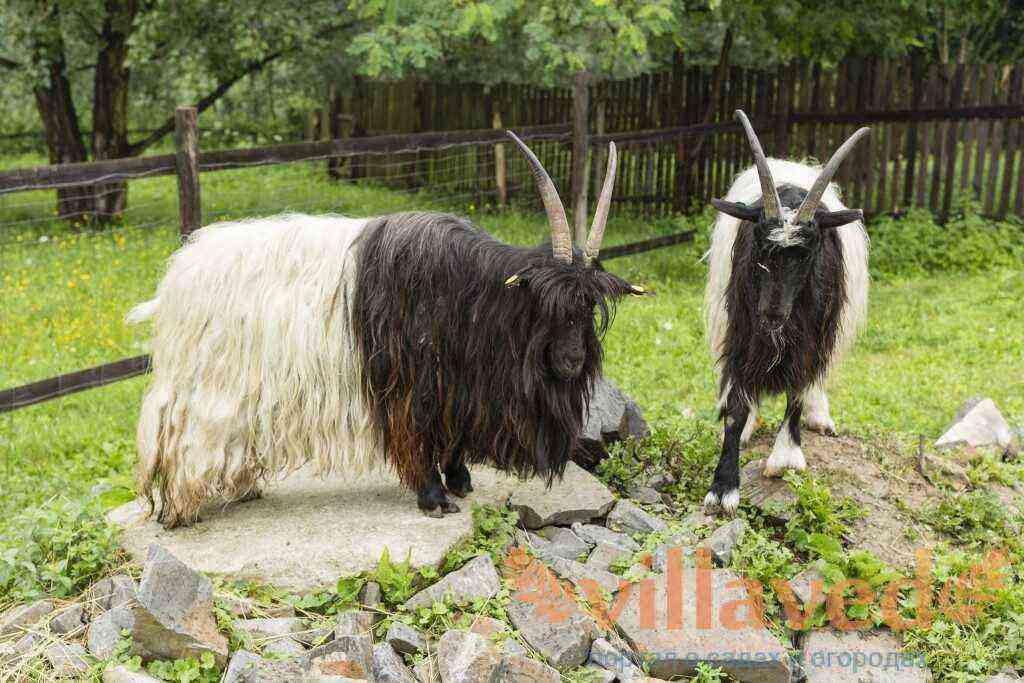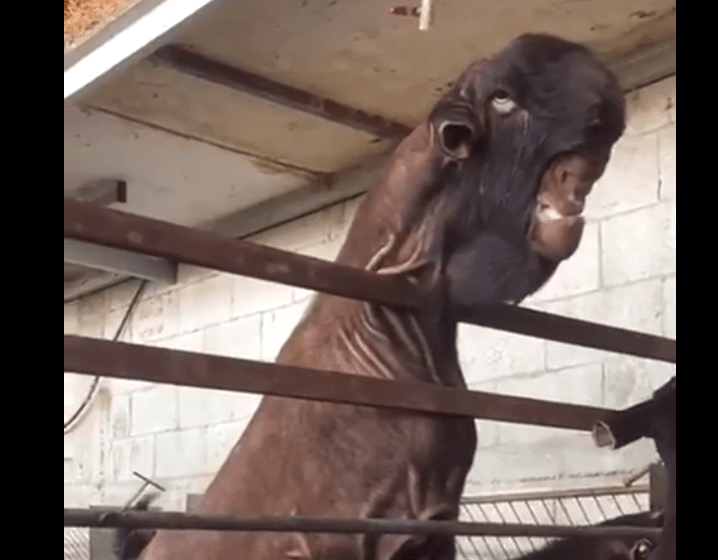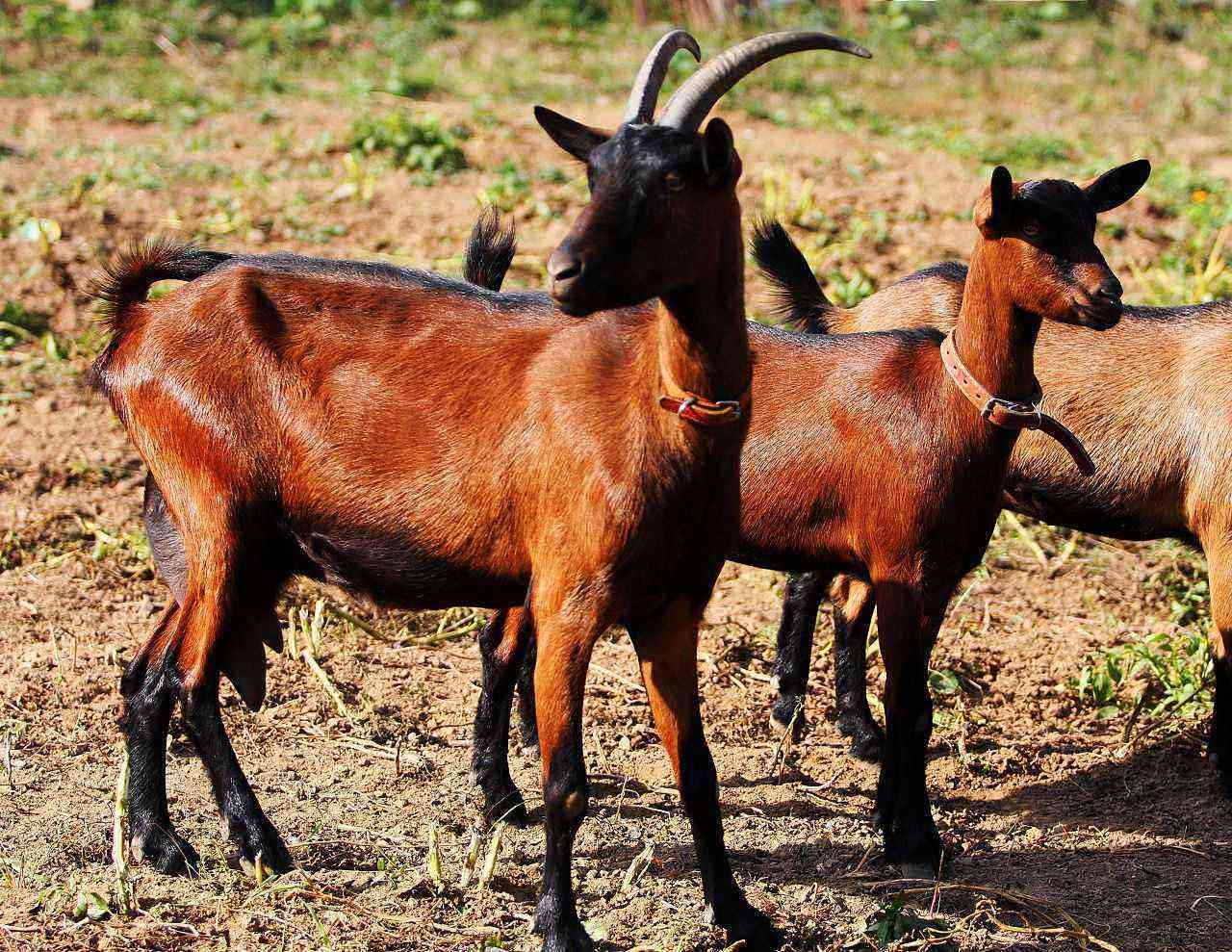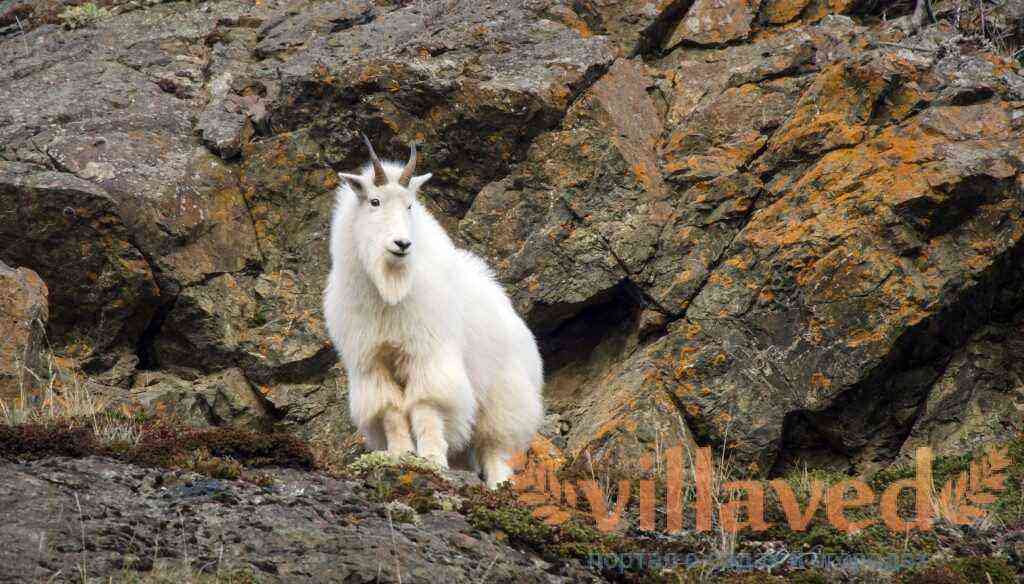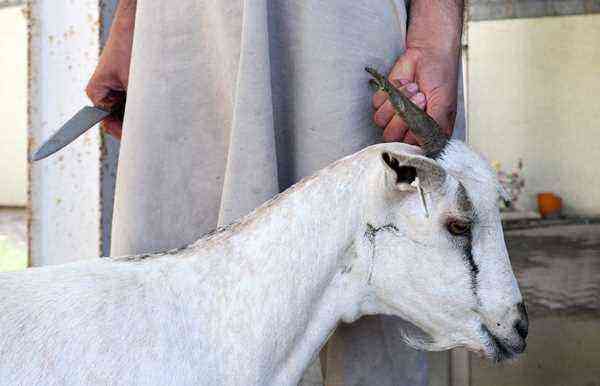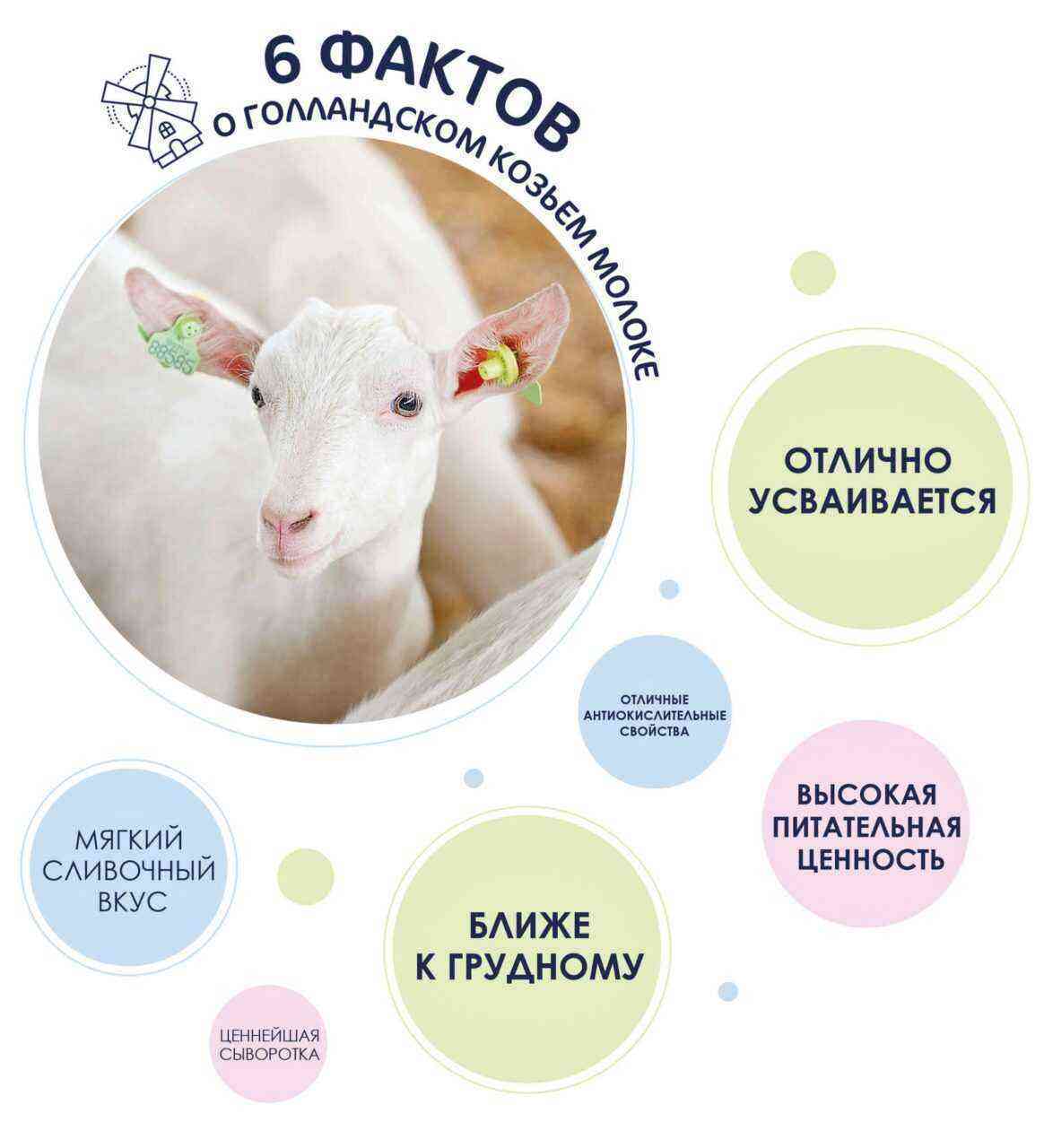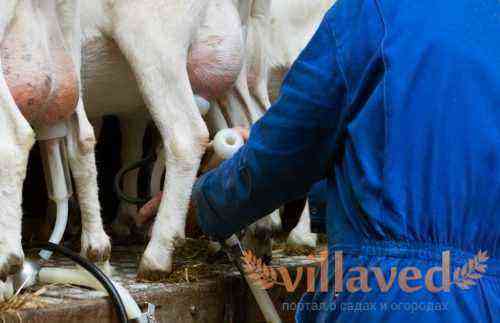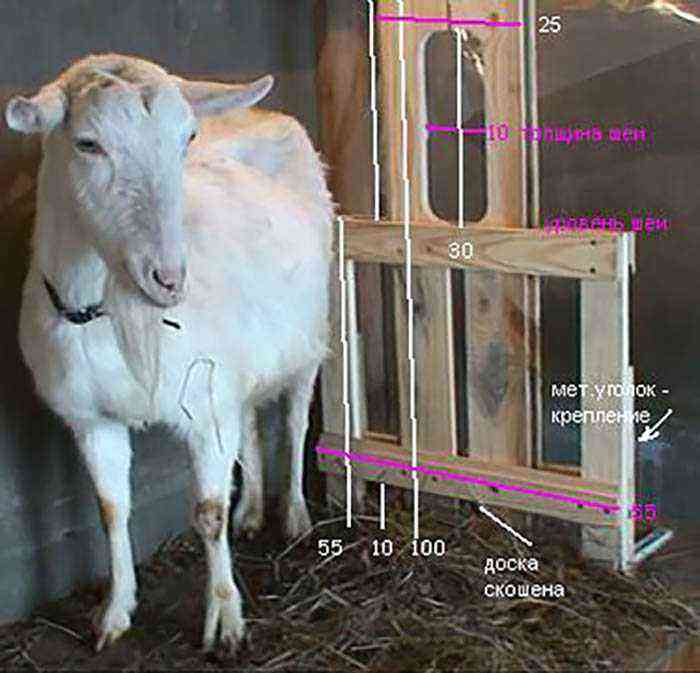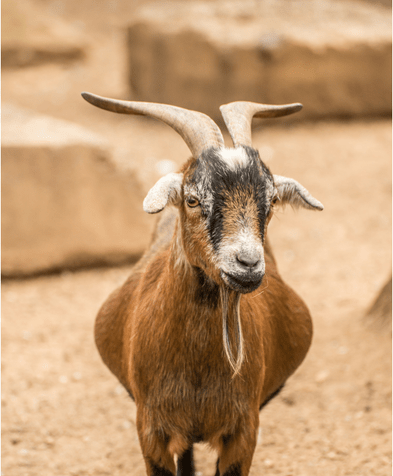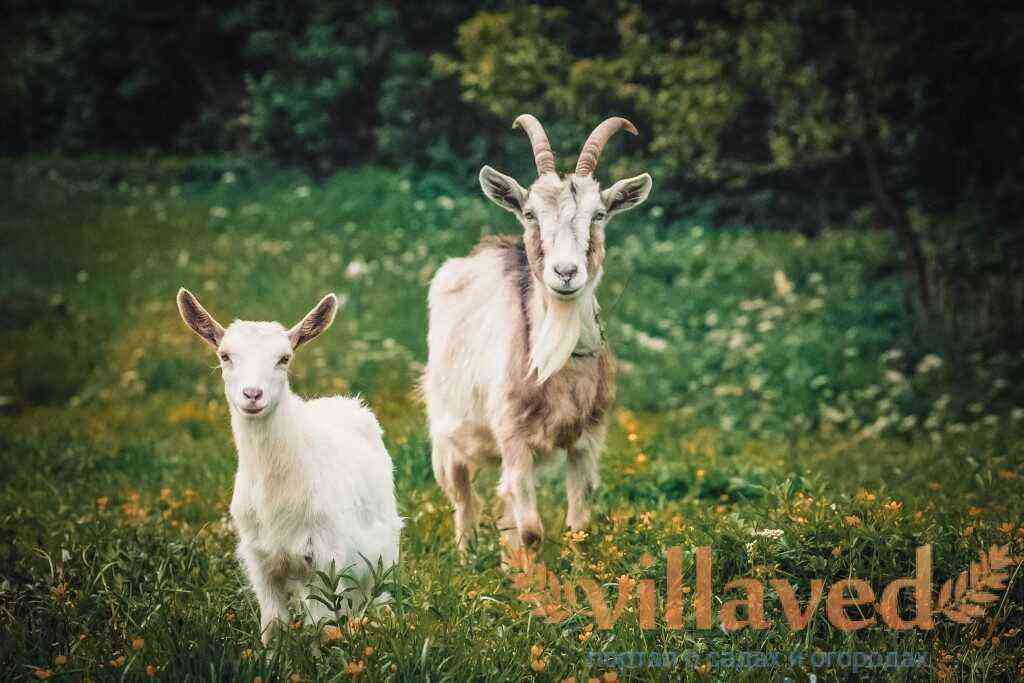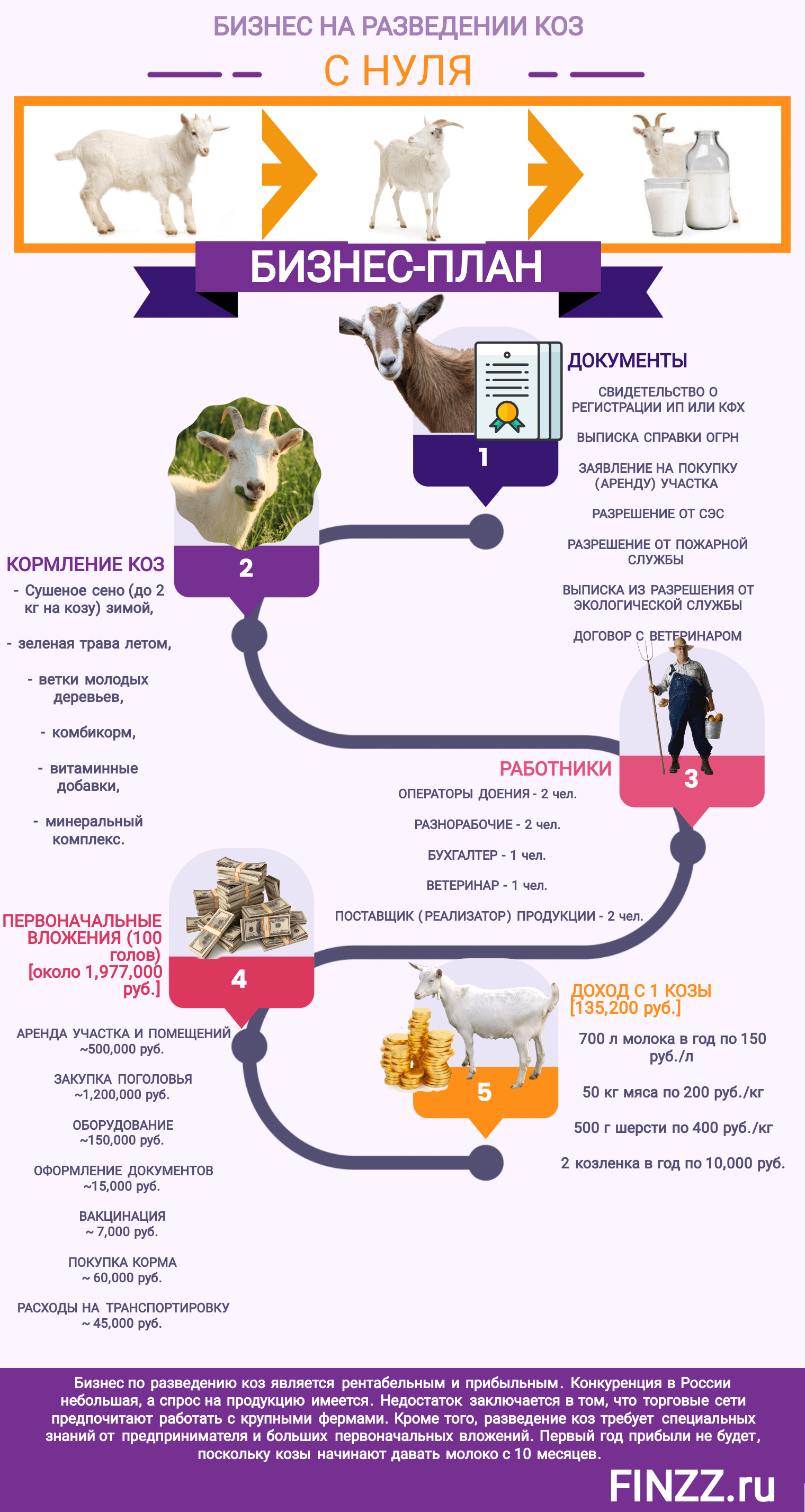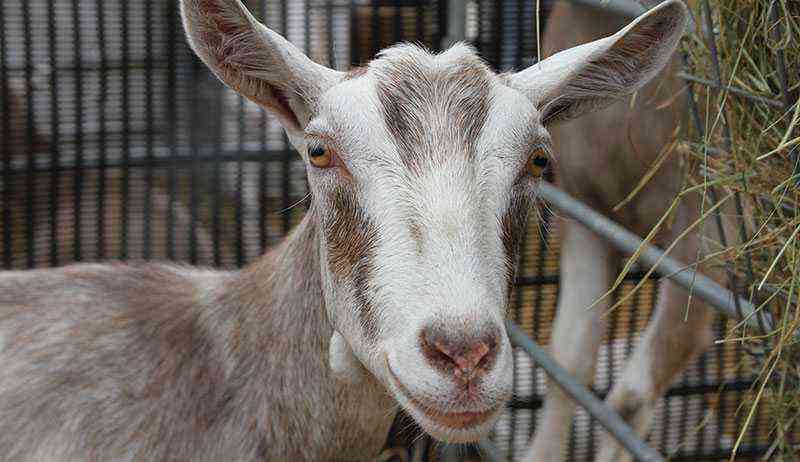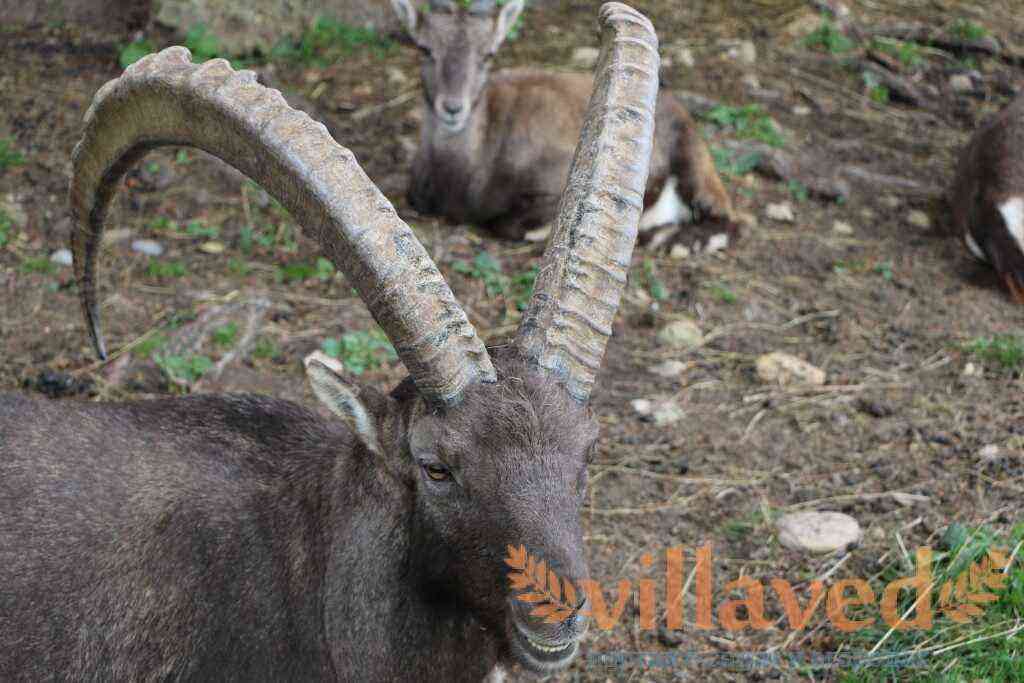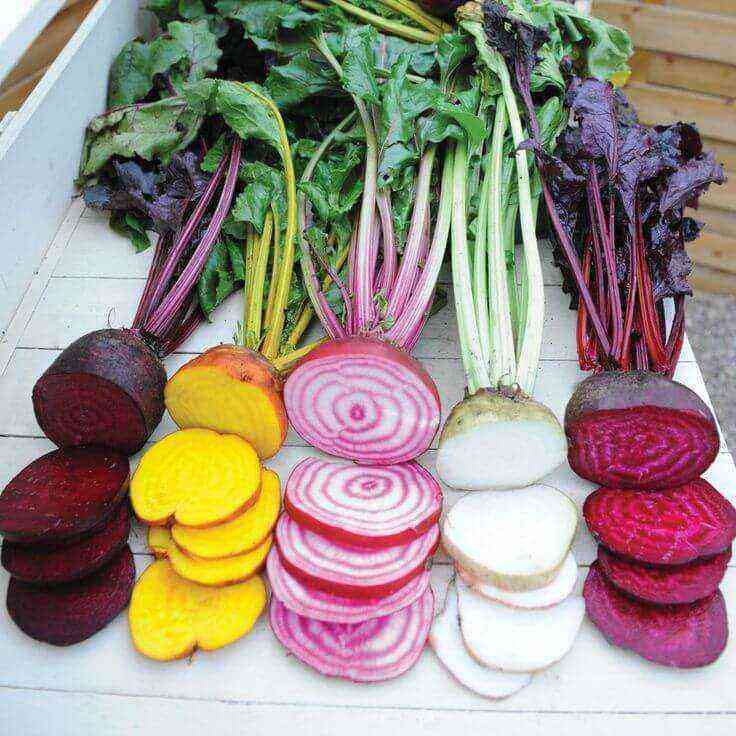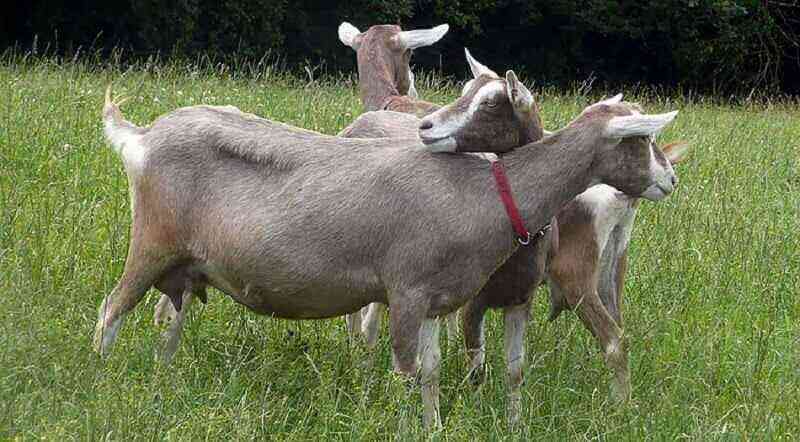Man has been raising goats for thousands of years. These animals are not demanding in keeping, they give milk, wool, skin, and meat at the same time. Over the centuries, selective breeding has bred different breeds of goats. We will talk about them in this article.
Popular goat breeds
The content of the article:
Goat breed classification
There are different classifications of goat breeds. Based on the level of selection, the breeds are divided into:
- Primitive or local
- industrial or factory
- Transitional
Local primitive rocks are the most ancient. They are hardy, unpretentious, but have low productivity. Industrial goats are highly specialized, producing a lot of milk, meat or wool. They need to be kept under certain conditions. Transitional variants are characterized by structural heterogeneity, average productivity and good endurance.
For convenience, use the economic classification. It is based on animal performance characteristics. Goat breeds are divided into:
- Dairy
- Woolen
- Downy
- Meat
- Park
- skins
- Mixed with double or triple direction of productivity.
A detailed description of several of the most popular breeds will be given below. After reading their short characteristics, you can choose the most suitable one for yourself.
Saanen goat breed
Goats of the Saanen breed are one of the most famous and famous. They were bred in Switzerland hundreds of years ago by the method of peasant selection. They belong to the dairy industry. Goats of the Saalen breed are easy to distinguish in the photo, they are large, with white wool, a large udder. 75% of animals do not have horns. The weight of females reaches 50-60 kg, males – 75-85 kg. The milk productivity of goats is the best in the world, on average, one individual gives 1000-1200 liters per year, the record is 3507 liters. So far, no other breed has been able to beat him. Lactation lasts from 280 to 360 days a year; in barren females, it can be continuous for two years.
Saanen goat breed
Zaalen goats are distinguished by high fertility, often 2-3 kids appear in females. Dairy genes are passed down through the paternal line, so males are often used to increase the productivity of other breeds. Goats are friendly, not aggressive. They are unpretentious in content, although the amount of milk depends on the quality of the feed. It is important to know that this breed of goats is odorless, because it can be kept even in a small area. Goat milk also has a pleasant aroma. Only fertilizing males can have an unpleasant smell, therefore they are kept in separate pens. On the basis of the Zaalenskaya breed, the Znamenskaya, Poltava, Oryol breeds were bred.
Russian white breed
The Russian breed of goats is the most common in our country. Photos and descriptions of animals are easy to find by going to any forum. It was obtained by crossing European and local species. Belongs to the dairy direction, the wool and skin of these goats is also valued. The size of the goats is small, their weight is 35-50 kg. Most varieties are long-haired, but there are also short-haired ones. The color is white, which is confirmed by numerous photographs on the net. For a year they give 350-500 liters of milk with a fat content of 4-5%. Goats mature at eight years of age. Goats differ in fertility, 100-160 kids per 200 females.
Russian white goat breed
The breed of domestic goats Russian is unpretentious in content, adapted to harsh climatic conditions. It is found in the central and northwestern regions of Russia. The number of animals exceeds one million heads. In addition to milk, they are used to obtain wool, down and leather. Chevro and other valuable types of leather products are made from goatskin. Recently, active selection of this breed has been carried out. It was possible to get goats of the Leningrad, Moscow, Valdai, Ryazan, Volgograd varieties. They weigh more and milk better.
Gorno-Altai breed
The Gorno-Altai goat breed is the first breed bred by scientific selection in Russia. Its ancestors were the Altai (goats) and the Don (goats) breed. Mountain Altai goats belong to the downy and woolen direction. Their coat is of medium length, 75% down and 25% spiny hair. The color of most animals is black, the down has a gray tint, similar to the color of the down of the Romanov sheep. For one haircut, 300-400 grams of fluff is obtained from young animals, 500-700 grams from adult goats, and 800-100 grams from goats. Meat has good taste characteristics, its average yield is 50-55%. Milk productivity is low, on average, a goat produces 500-5500 ml of milk per day, and 80-100 liters per year.
dairy breed
The Gorno-Altai breed received good reviews from manufacturers of down products. Its down is used by the Orenburg knitwear factory, which produces the famous Orenburg shawls. Leather is used to make fur products. Goats are popular in Altai, in the southern and mountainous regions of Russia. It is bred in Kazakhstan, Mongolia, Chinese farms also buy these goats. Animals are resistant to diseases, unpretentious in maintenance. They perfectly tolerate the harsh mountain climate, dampness, frost. All year round they can be grazed on mountain pastures, goats do not sort out feed. There is no unpleasant smell in the places of detention, which makes the breed even more popular.
Alpine breed
Alpine goats are bred in the USA on the basis of European rocks. This dairy goat breed has become one of the most popular in America. It has several varieties – British, Swiss, French and Rock. It differs in its original color, the wool is variegated, black, white and red. These animals look great in the photo. No wonder the breed received the second name “Alpine multicolor”. The weight of the animals is 60-80 kg, the breed is hornless and very friendly.
Alpine goat breed
Alpine thoroughbred goats give milk all year round. Their average productivity is 1700 liters, milk fat content is 3,1-3,7%. Up to 4,5 liters of delicious milk are obtained from high-yielding females per day. At the same time, animals are unpretentious, they can eat hay and graze on pastures. Goats are resistant to diseases, live in any climatic conditions, there is no unpleasant smell in the pens.
Angora breed
The Angora goat breed has been known for many centuries. It was bred in Turkey, from there it came to Europe, South Africa, America and even Australia. The world-famous mohair is made from wool. The Angora goat is small in size, the average weight is 35 kg, for goats – 57 kg. Animals are horned, their ears are lowered like earrings. The wool of goats is curly and long, strands hang down to the ground. The color is mostly white. Less common are individuals with a beige, gray or silver color. Wool grows quickly, up to 2,5 cm per month. It is semi-rough and pleasant to the touch, elastic, strong and easily processed.
angora goats
The Angora breed is bred on an industrial scale. For South Africa, New Zealand, and some American states, the cultivation of these goats has become the main direction of cattle breeding. Animals are unpretentious to food, they graze in a herd of cows or horses, with other breeds. Willingly eat young shrubs and shoots of trees, they especially love oak. Goats are sheared twice a year, in spring and autumn. In countries with a cold climate, autumn haircuts are skipped. For a year, 3,5-5,5 kg of wool can be obtained from one animal. The quality largely depends on the type of feed. If goats eat hay, the hair becomes thin and tender. On green fodder or cereals, it coarsens and becomes fat. The Angora breed is actively used in breeding. On its basis, some varieties of Fergana goats were bred.
swoon breed
This original breed is bred in the USA. It is believed that when frightened, this goat pretends to be dead, falls on its back. In fact this is not true. Animals suffer from a genetic pathology – muscular myotonia. When frightened or under severe emotional stress, goats experience a muscle spasm that lasts for several seconds. Such a disease is characteristic of many mammals, including humans. Unlike other animals, goats do not lose consciousness during a seizure.
Fainting (Myotonic) goats
The disease is transmitted in a recessive manner. If a fainting goat is crossed with a healthy goat, the offspring will be healthy. Myotonia will appear in the second or third generation. Previously, goats were bred for a kind of protection of the herd. A sick goat fell and became an easy prey for a predator. During this time, the rest of the herd managed to escape. Now animals are used for decorative purposes, they often perform in circuses. The breed is considered valuable, therefore it is under protection.
Pridon breed
The Pridonskaya breed is one of the best in terms of its productivity. This breed of downy goats, in the selection of which the Angora and local varieties took part. It is highly productive, producing approximately 64% pure, high quality down from the fleece. The breed has gray and white varieties. White goats have more valuable down, but less of it. One individual gives 930-1500 grams of fluff per year, while the gray one gives 1000-2000 grams.
The weight of the female reaches 35-40 kg, the male – 60-70 kg. Milk productivity – 170 liters per year, milk fat content from 3,5 to 8%. Goats are very prolific, most give birth to twins, sometimes even triplets are found. Goats grow quickly, in a year and a half they reach adult size. The highest productivity in animals of three, four years. When the down and wool lose their quality due to age, the goats must be slaughtered.
Damascus goats Shami
The Damascus or Syrian Shami breed belongs to a number of large breeds. Goats weigh 60-90 kg, goats weigh 70-130 kg. Animals have been bred for many centuries in the Middle East. They have an original appearance with a hook-nosed profile, drooping ears and a long neck. Most are horned, although a hornless polled breed is now being developed. The direction of goats is universal, at the moment they are intensively developing their milk profile.
Shami goats
Modern thoroughbred Shami goats give 3-3,5 liters of milk per day, and 640-1100 liters per year. Lactation lasts 245-305 days. The fat content of milk is 3,8-4,5%. They are extremely prolific, the female gives birth to 2-3 kids in one lamb. Lambing occurs annually. In addition to milk, goats produce wool and down, high-quality skins, and meat. Shami are unpretentious in content, they can be free-grazing all year round, they find food even on dry mountain slopes. Resistant to diseases, live and breed in any climatic conditions.
Kalahari red breed
The Kalahari red goat breed was bred relatively recently, a quarter of a century ago. The Boer breed and local native goats took part in its creation. These large animals have excellent characteristics. They grow fast, have tasty lean meat. The average weight of goats is 115 kg, young goats gain weight by one and a half kilograms per week. Fertility in animals is high, in one lambing there are always 2-3 kids. Goats are milked well too.
The coat and skin of animals are brown, with a red tint. Due to their intense pigmentation, they tolerate heat well, no matter how strong it is. Because the Kalahari goat breed has become popular in countries such as South Africa, Mexico, Brazil. Not bad for breeding is the Australian savannah, the Kenyan desert, and the arid regions of Central Asia.
The color serves as an excellent disguise from predators. Goats are resistant to disease, unpretentious in food and maintenance. At the same time, their output is large, which makes their industrial breeding profitable.
Carpathian breed
The Carpathian or Polish breed was bred in the mountainous regions of Romania. Over time, it began to be replaced by more productive varieties, and it almost disappeared. A few decades ago, a herd was found in Poland, and the breed received a new life. The goats are medium in size, their color is white or brown. The head is small, with horns, the ears are narrow, the udder is well developed.
The maintenance and care of animals is simple, because they are bred in small farms. They give an average amount of milk. The meat is tender and tasty. The character of goats and goats is friendly, therefore they are often raised by those who are engaged in agritourism. After all, cute animals get along well with children and adults, serve as entertainment for visitors. You can now meet Carpathian goats in Poland, Ukraine, Romania.
Megrelian breed
Megrelian domestic goat breed was bred in Georgia. There are two varieties – lowland and highland. The size of the animals is small, goats weigh 38-45 kg, goats – 50-55 kg. The color of the coat is white, it consists of spiny hair. The head is elongated, the ears are erect, the horns are bent back. The main direction of the breed is dairy. Goats give 800-900 liters per year. The fat content of milk reaches 4%.
Megrelian goats are unpretentious in content. They graze both in highland pastures and in lowlands. Resistant to infections, tolerate cold and wet weather well, takes root well in our climate. In the western regions of Georgia, this Caucasian breed is bred in almost half of all farms.
Orenburg breed
The Orenburg goat breed was bred by folk selection methods in the Orenburg region. Animals of medium size, the weight of females is 37-50 kg, males – 75-80 kg. This long-haired breed is used to produce down. Its content in wool is 35-45%. From one adult female, you can comb 300-400 grams, from one male – 400-450 grams.
Orenburg goats are bred in the southern regions of Russia, Kazakhstan, Bashkiria. Down is used to make shawls and scarves. Skins that are used for throwing and fur products are of good quality. Recently, to improve the breed, they use the crossing of Orenburg females with Don males.
Nizhny Novgorod goats
The Nizhny Novgorod variety of goats was obtained by crossing local animals with Zaalen goats. Therefore, the features of color and body structure are very similar, the difference between them is almost not noticeable. Nizhny Novgorod goats are white, rather large, give a lot of milk. The weight of males is 55-60 kg, females – 38-43 kg. Most individuals are hornless.
For a year, one goat gives 1200 liters of milk with a fat content of 4,2% to 5,2%. Females are very prolific, giving birth to 2-3 kids per lamb. In addition to milk, animals can produce a small amount of wool, the average shearing is 250 grams per year. The skins of this breed are highly valued, they are used for the production of expensive leather goods with brand names.
Bengal breed
The Bengal Black goat breed is popular in India, Bangladesh and other South Asian countries. It is used to obtain meat and skins, as well as a beast of burden. The size of goats is small, females weigh 22 kg, males – about 30 kg. The color of the animals is black, the coat is hard and short. The amount of milk is 400-700 grams per day. The lactation period is short, 110-122 days per year. During this time, goats give from 800 to 1100 liters of medium-fat milk.
Bengal goats are prolific, for one lamb they give two or three kids. Sexual maturity occurs at 6-8 months. Caring for this breed is simple, goats are unpretentious in food, undemanding to the conditions of detention, and rarely get sick. In India, they are bred by poor peasant families, pack animals are important in the unpretentious agriculture of the region. Due to low productivity, the breed has no industrial value.
cashmere breeds
The Kashmir or Iranian breed belongs to the highlands. The peculiarities of the climate forced the animals to acquire long hair, because they have to endure thirty-degree frosts and forty-degree heat. In addition, they have a thin and delicate undercoat. Therefore, these breeds of goats are used as downy. From each adult goat you can get 200 grams of wool or 85-140 grams of very valuable down per year. Kashmir goats are now bred mainly in India.
Shear once a year, in the spring. Down is plucked, combed or collected from bushes and trees. The cost of hand-picked down is very high, goat breeding is one of the main earnings of many Indian farmers. Cashmere products are highly valued all over the world. Scarves, sweaters, coats and even carpets are made from it.
Oberhasli goat breed
Oberhasli goats are bred in Switzerland. They have a very beautiful bay color, “under suede”. Females weigh 50 kg, males 60 kg. The orientation of the breed is dairy. It is quite productive, the fat content of milk is 3,2-4,2%. These goats are found not only in Switzerland. They became popular among the German farming public, Spanish industrialists became interested in them.
Purebred Oberhazys are quite expensive on the market. Therefore, they are bred in elite farms. Often used for decorative purposes, although their milk characteristics, in our understanding, are also high.

